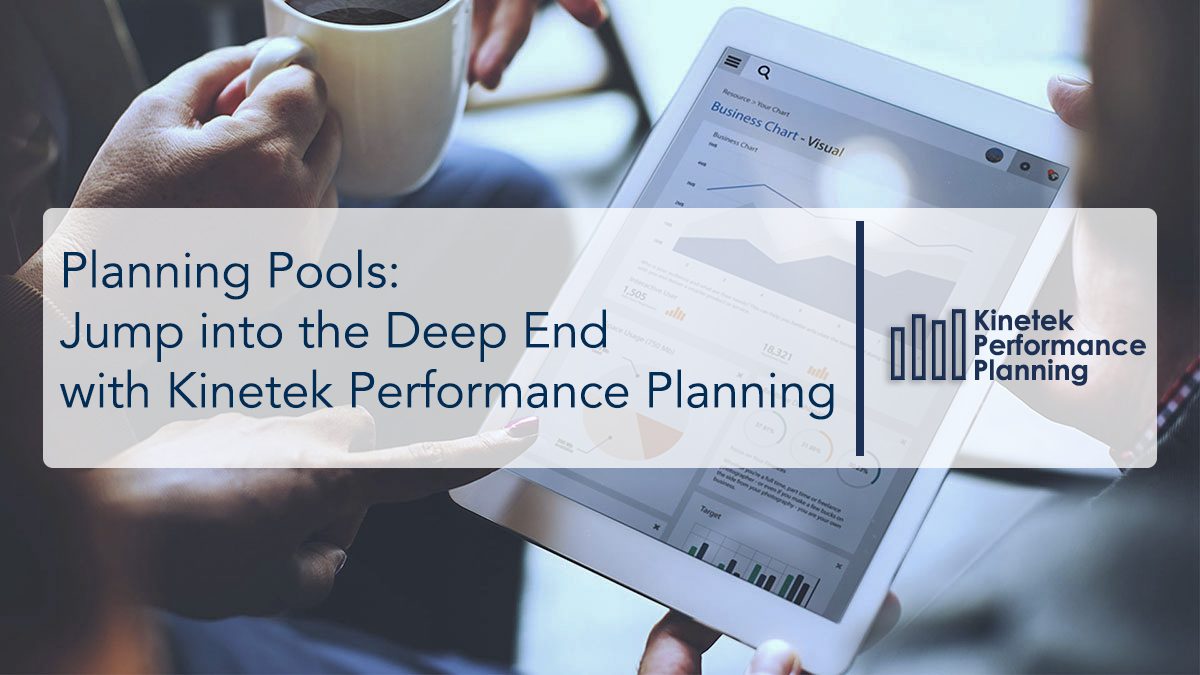In part two of this series, we discussed how to plan like a champion and avoid a lack of buy-in and input from owners and how to sustain it in your forecasting process. In part three we will cover how embracing continuous planning, reporting, and dashboards can improve the efficiency of your planning process while minimizing errors, and increasing the accuracy of your forecasts.
In a recent report from Radius Global Research, two-thirds of respondents stated that their company’s financial planning, forecasting, and reporting processes were highly inefficient, with 25 percent complaining that their budgeting process takes four months or longer.
How do we make our processes more efficient? How do we cut down on the time it takes to create our budget? How do we quickly aggregate, report, and dashboard? The answer is simple - Grow beyond annual planning and embrace continuous planning, reporting, and dashboards. A combination of all three parts working in harmony will lessen dependence on Excel and other out-of-date planning and reporting tools of the past.
Even today, businesses are still quite dependent on traditional planning methods and spreadsheets. In the same report from Radius Global, seventy percent of businesses said they still heavily rely on spreadsheet reporting, with only 16 percent using on-premise software — and only ten percent using cloud software for planning.
Excel has long been the go-to approach to improve the budgeting, planning, and reporting cycle. It’s comfortable and familiar to both finance and accounting teams, which has led many businesses to cling to that model longer than necessary. However, Excel is prone to errors, and it doesn’t provide the same level of agility and advanced modeling as other software solutions such as IBM Planning Analytics. Spreadsheets also lead to multiple versions of the truth, as well as errors in reporting and forecasting, so businesses are left unconfident in their numbers.
Many organizations are still utilizing an annual budget, which is tedious and often inaccurate. To become modern you must embrace a rolling or continuous planning approach, it will allow your team to update their budget in real-time, pivot in the case of uncertainty, and achieve greater accuracy from their forecasts. Leveraging a solution like Kinetek Performance Planning can help bring all of the numbers together so your team can have a better view of where they currently are compared to their targets.
Common fp&a, forecasting, budgeting, and planning pitfalls:
• Lack of integration and automation
• Lack of buy-in and input from budget owners
• Inability to quickly aggregate, report, and dashboard
• Not consistently applying business rules
• Not managing global assumptions and what-ifs
• Lack of accountability in comparing/identifying changes in plans
• Not leveraging plans in decision making
As businesses focus on improving the efficiency and accuracy of budgeting and planning, continuous forecasts are rapidly enhancing the traditional annual budget. Creating and implementing a sound continuous planning, budgeting, and forecasting process can help your organization establish more accurate financial reports and analytics — potentially leading to more accurate forecasting and ultimately revenue growth. Its importance is even more relevant in today’s business environment where disruptive competitors and unforeseen events like COVID-19 are affecting even the most traditionally unshaken industries.
The bottom line:
When companies embrace data and analytics in conjunction with continuous planning and forecasting best practices, they enhance strategic decision-making and can be rewarded with more accurate plans and more timely forecasts. Overall, these tools and practices can save time, reduce errors, promote collaboration and foster a more disciplined management culture that delivers a true competitive advantage.
Sign up and get part four where we discuss "How not consistently applying business rules can hinder your planning process" delivered directly to your inbox before it goes live on our blog.
Final thoughts:
You’ve embraced continuous planning. You’ve reviewed your processes and discovered the pitfalls you need to avoid and how to avoid them. Now, what?! Join our subject matter expert Ryan Turpyn as he guides you on how to use your continuous planning process to keep an eye on your indirect rates! Register for Planning Pools: Jump into the Deep End with Kinetek Performance Planning.


